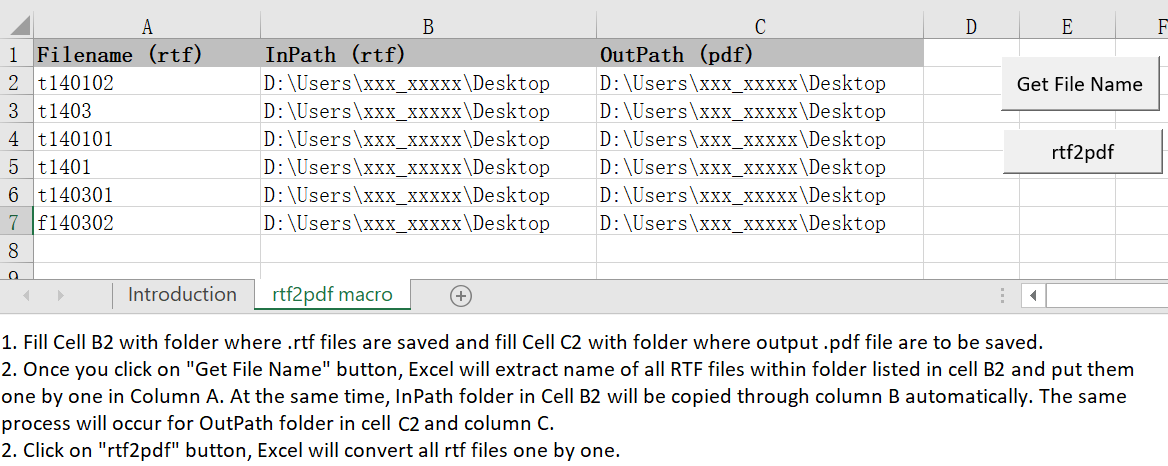

Two element numeric vector of the form indicating the starting row and column. For example, A5 is the identifierįor the cell at the intersection of column A and row Specify the value of VariableSelectors as to select the FirstName element node to import as a table variable.Ĭharacter vector or string scalar containing a column letter and row numberĪ1 notation. Read the file and import the third column as numeric values, not text.Ĭreate an XMLImportOptions object from a file. To display a preview of the table, use preview VariableOptions: Show all 4 VariableOptionsĪccess VariableOptions sub-properties using setvaropts/getvaropts Variable Import Properties: Set types by name using setvartype element and creates one variable in T for eachĬolumn in the file and reads variable names from the first row of the table.īy default, readtable creates variables that have data types that areĪppropriate for the data values detected in each column of the input file.ĭelimitedTextImportOptions with properties: Readtable, by default, imports data from the first The file and reads variable names from the first row of the table. For Microsoft Word document files, readtable, by default, imports data from theįirst table in the document and creates one variable in T for each column in Names correspond to element and attribute names. T for each element or attribute node detected as a table variable. For XML files, readtable creates one variable in T for each column in the file and reads variable names from the first row of docx for Microsoft ® Word document filesįor text and spreadsheet files, readtable creates one variable in xml for Extensible Markup Language (XML) files



 0 kommentar(er)
0 kommentar(er)
